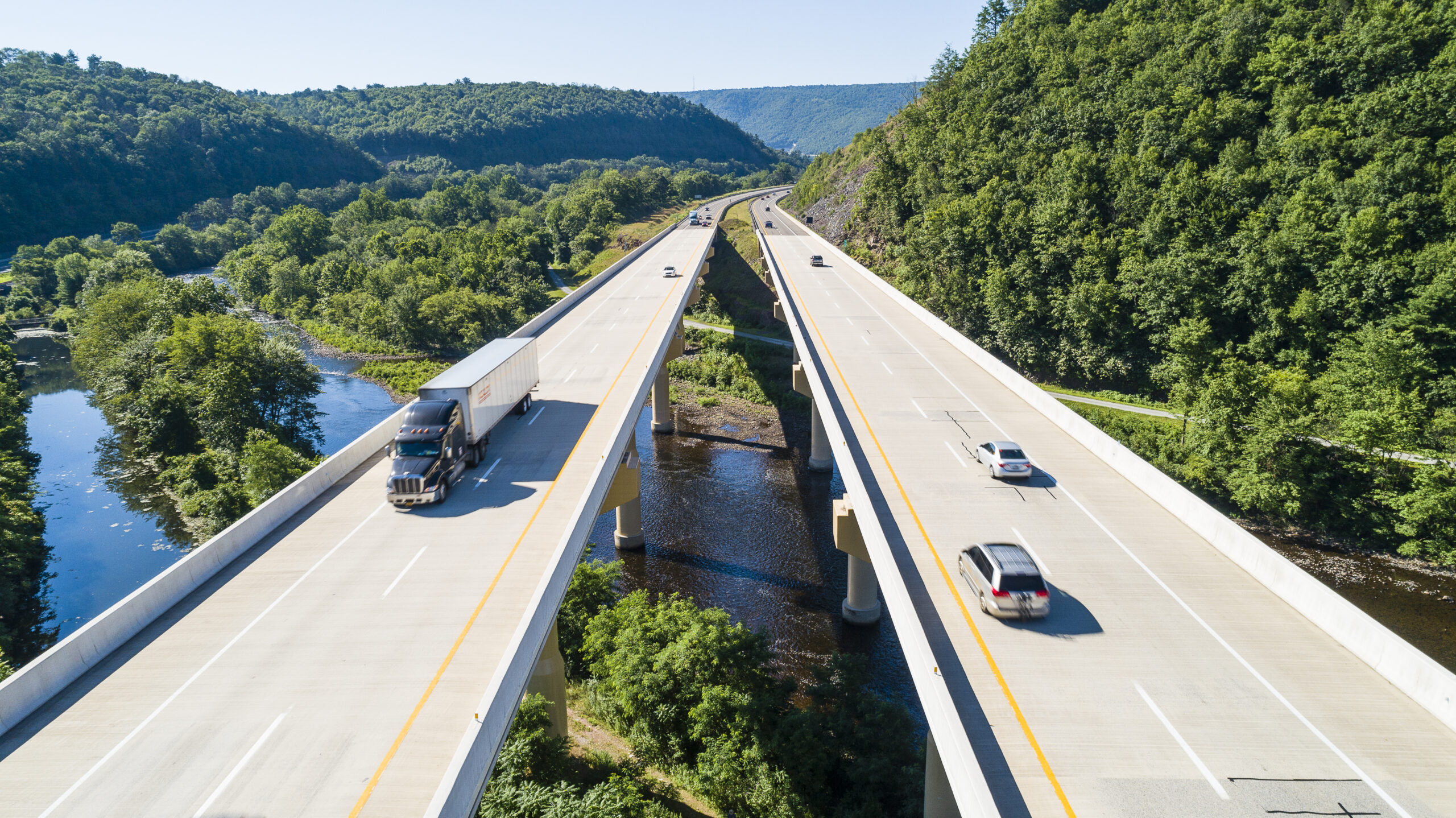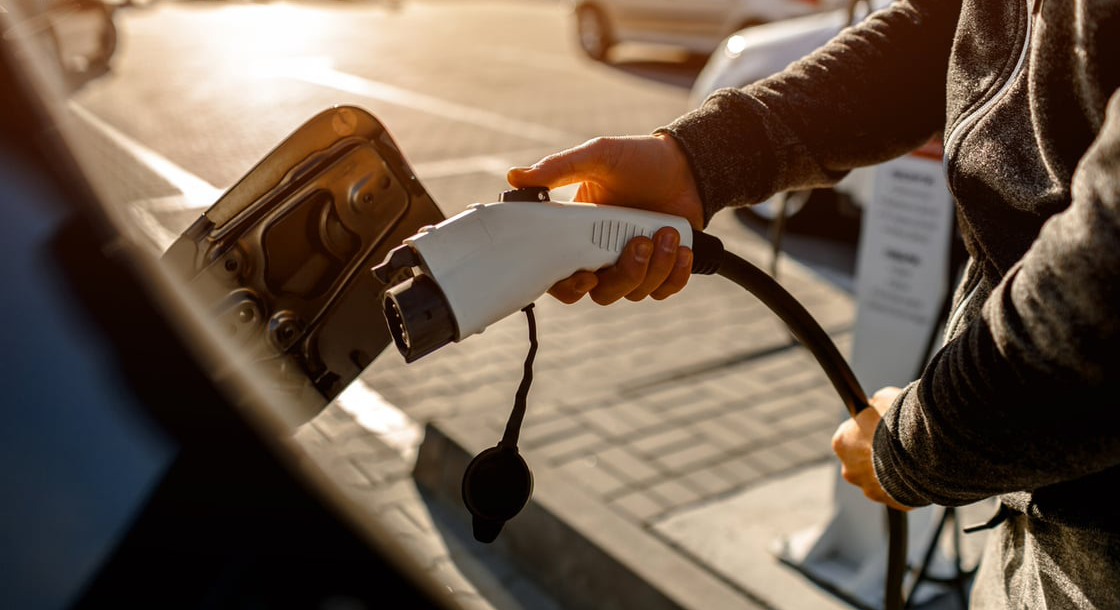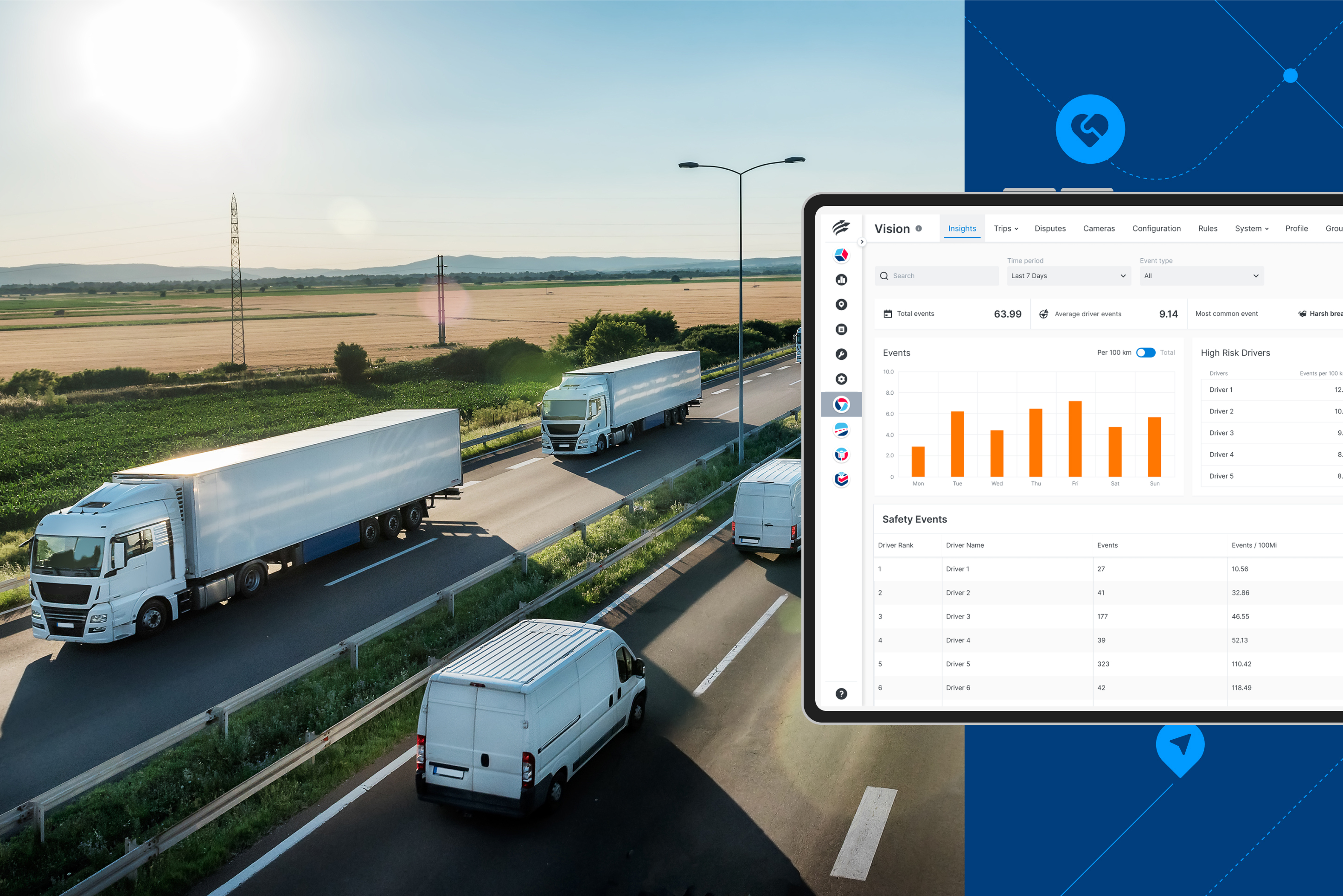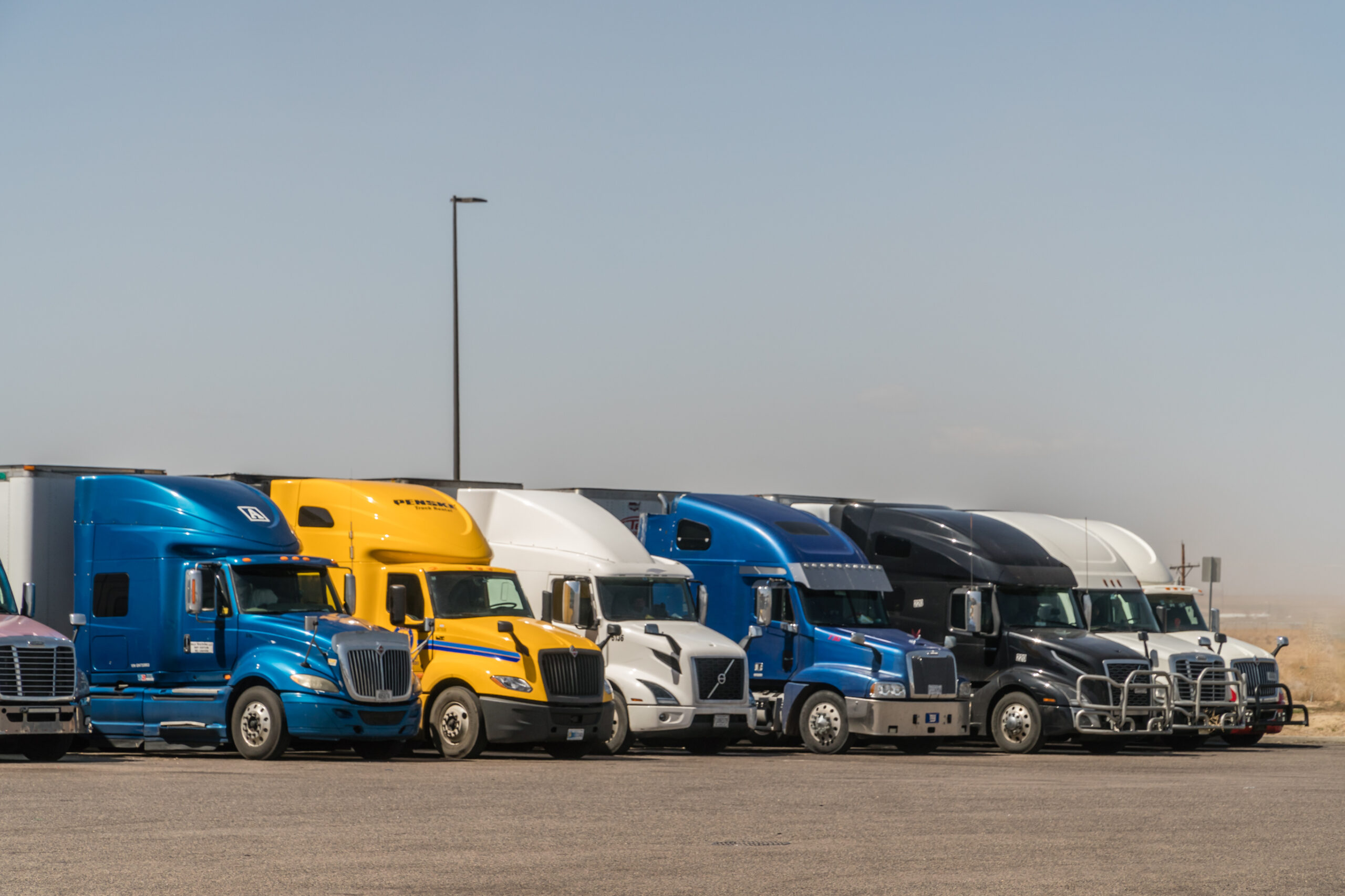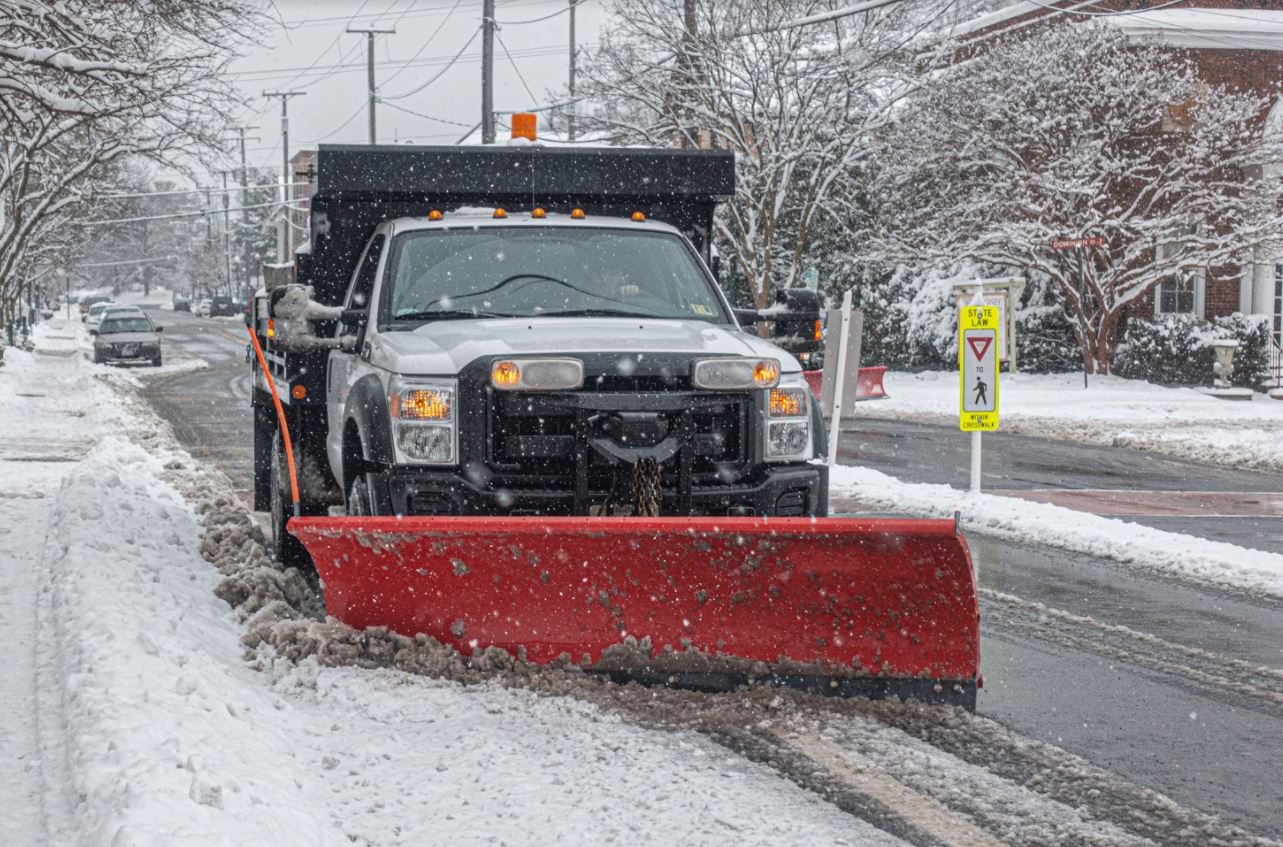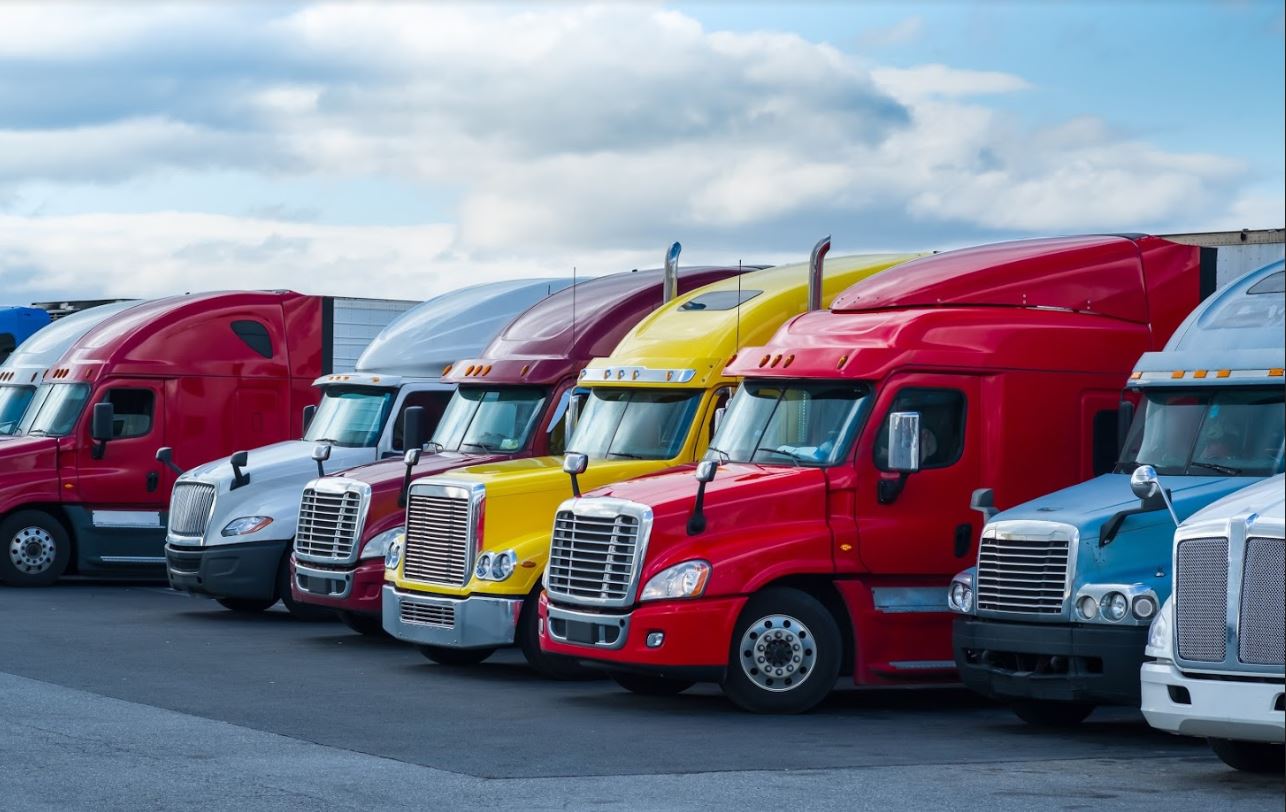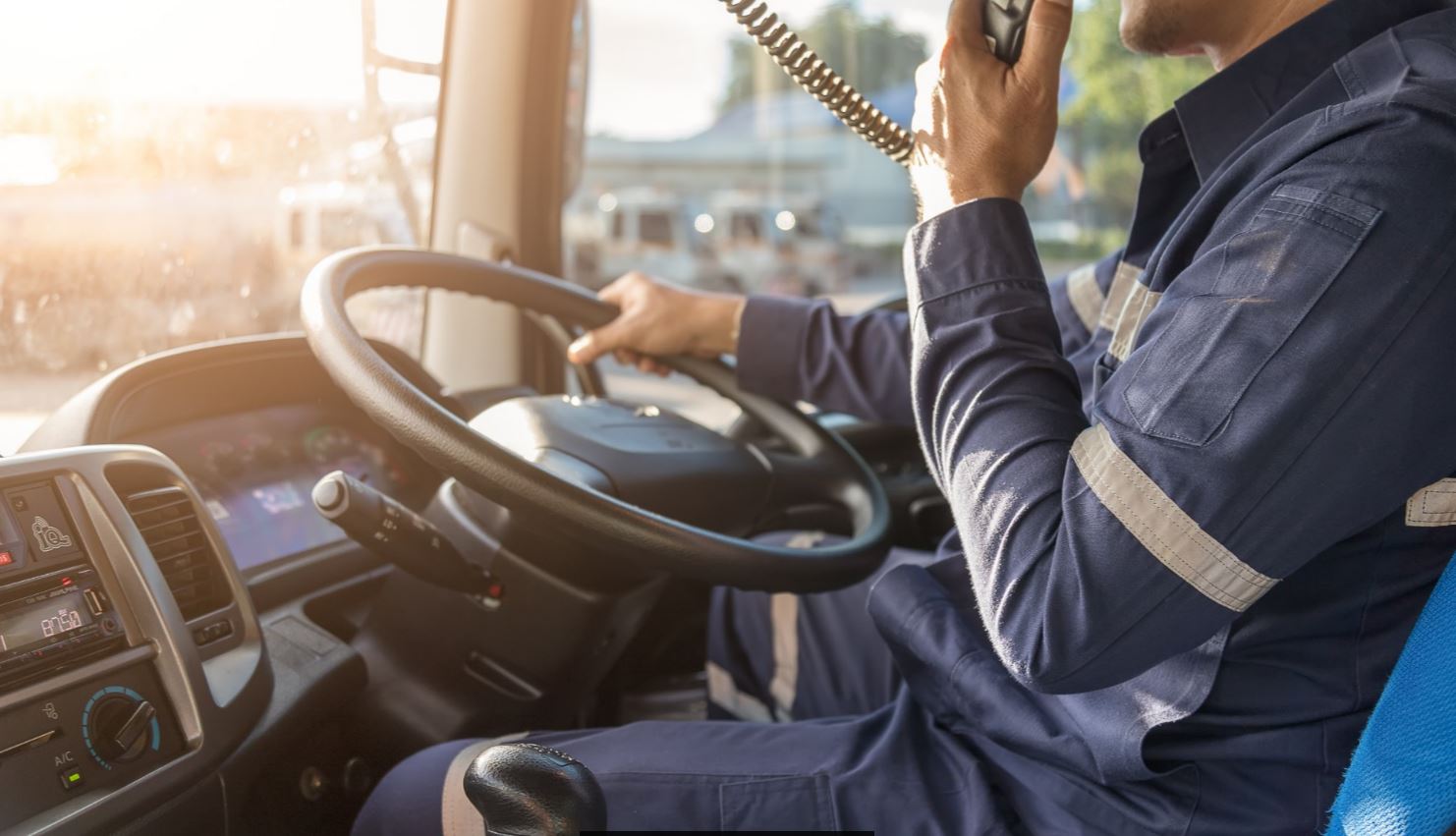If you’re new to managing a commercial fleet, it can be overwhelming knowing where to start, since fleet managers are responsible for so many aspects of fleet operations. Regardless of whether you’re with a sizeable nationally-operating truck corporation or a small local delivery company, you’ll need to know the basic framework of managing a fleet. In this article, we’ll go over the primary responsibilities of a fleet manager, how to acquire fleets, how to hire and train drivers, and how to create a safe driving culture. But before we do so, let’s look at the term commercial fleet management.

What is Commercial Fleet Management?
According to Encore Protection, “At its core, fleet management covers the practices of overseeing, organizing, and recording all aspects of a company’s fleet.”
A fleet manager’s duties range from managing fleet and asset information to the acquisition and disposal of fleet vehicles. Managing fleets effectively results in reduced risks, increased productivity, minimization of costs, and legal compliance.
Looking for telematics solutions for your business? Contact us today and we will help!
{{cta(‘6e0a29ac-c7b5-4d45-838c-befa54778215’)}}
Managing a Commercial Fleet
1. Primary Responsibilities of a Fleet Manager
The primary responsibilities of a fleet manager can be summarized into five primary areas. These include operational cost-effectiveness, vehicle maintenance, driver and workforce management, vehicle safety and legal compliance, and operational efficiency.
For example, fleet managers need to keep a close check on fuel, which is the second-largest expense for fleets. They’ll need to keep detailed maintenance histories for every vehicle and come up with a plan for situations like vehicle breakdowns, accidents, or failed inspections. Managers are also responsible for developing and maintaining a health and safety policy, as well as extrapolating data and identifying more efficient driving routes.
As a fleet manager, you’re responsible for making sure everything runs well with your commercial fleet and your drivers. If you want to quickly learn the ropes, here’s some advice from Alan Kies, CAFM, CPFP, and Equipment Manager at Pierce County Public Works and Utilities:
“Get involved early with fleet associations, whether it is national or local associations,” said Kies. “There are invaluable resources for information, and fellow fleet managers are willing to share information. Attending these types of fleet management venues will frequently put you in the same room with hundreds of years of fleet experience.”
2. Acquiring Fleet Vehicles
If you’re in the process of acquiring new or additional fleet vehicles, you need to first determine the type and number of vehicles you’ll need.
For example, if you’re a small business in the transportation industry, like a florist, food caterer, or a domestic cleaning company, you may be looking at purchasing a few vans. On the other hand, if you’re a large business fleet that operates over 200 vehicles, like a taxi company, delivery corporation, or rental car company, you might need to purchase larger amounts of a specific type of vehicle.
Once you’ve identified the type and number of vehicles required, it’s time to select and purchase. You can purchase the vehicle directly from a dealership or a trusted independent seller. Alternatively, you can lease vehicles, which is a significantly smaller investment upfront and can help with cash flow, especially for newer businesses.
3. Hiring and Training Drivers
There are key qualifications and characteristics you should assess before hiring fleet employees. While qualifications will vary depending on the classification of vehicles in your fleet, there are some important guidelines to follow:
- The applicant needs to have a valid driver’s license that has the appropriate class requirements. Check if your vehicles require truck or bus licenses, for example.
- They should be mentally and physically capable of handling a commercial vehicle.
- Applicants should have a certain level of experience and a clean driving record.
- The applicant should provide several references from previous employers, which should check out.
- Ensure they have passed a certified pre-employment drug and alcohol screening.
 When it comes to training drivers, we highly recommend offering regular training programs to help keep them focused on safety and efficiency. New drivers especially should be held to minimum training standards. According to automotive fleet, fleet drivers travel on the road much more than the everyday person, averaging 20,000 to 25,000 miles or more every year. A regular training program can remind drivers of the dangers of aggressive, fatigued, and distracted driving while keeping them updated on industry standards.
When it comes to training drivers, we highly recommend offering regular training programs to help keep them focused on safety and efficiency. New drivers especially should be held to minimum training standards. According to automotive fleet, fleet drivers travel on the road much more than the everyday person, averaging 20,000 to 25,000 miles or more every year. A regular training program can remind drivers of the dangers of aggressive, fatigued, and distracted driving while keeping them updated on industry standards.
4. Safety and Risk Management
Speaking of safety, after acquiring your vehicles and hiring your fleet drivers, you’ll need to make sure that you’re proactively protecting them. To put things into perspective, distracted driving is responsible for 2.5 million car accidents every year.

To begin, start by promoting safety and risk management in your organizations. As mentioned previously, employees should take part in regular safety training. First aid training and training on how to use safety and emergency equipment on fleet vehicles is also a good idea. You can also establish mandatory safety policies like always wearing seatbelts, keeping a safe distance from the vehicle ahead, and what to do in the event of a breakdown or collision.
We also recommend installing a fleet management system. Not only does it give managers a bird’s eye view of all the fleets deployed on the road, but with systems, such as Powerfleet’s (formerly Fleet Complete) VisionAI Hub, drivers can self-correct their poor driving habits with real-time audio feedback and event video replay, so they can make better decisions on the road over time.
Managing a fleet can be difficult when you’re first starting. By focusing on best practices in operational management and efficiency, vehicle acquisition and maintenance, vehicle and driver safety, as well as compliance with government regulations, you’ll be well on your way to managing an effective commercial fleet. If you’re keen to improve your fleet’s safety and reduce potential risks, learn more by requesting our Powerfleet (formerly Fleet Complete) demo.
If you enjoyed this article, here are some other ones you might be interested in:
How to Lower Your Operating Costs









